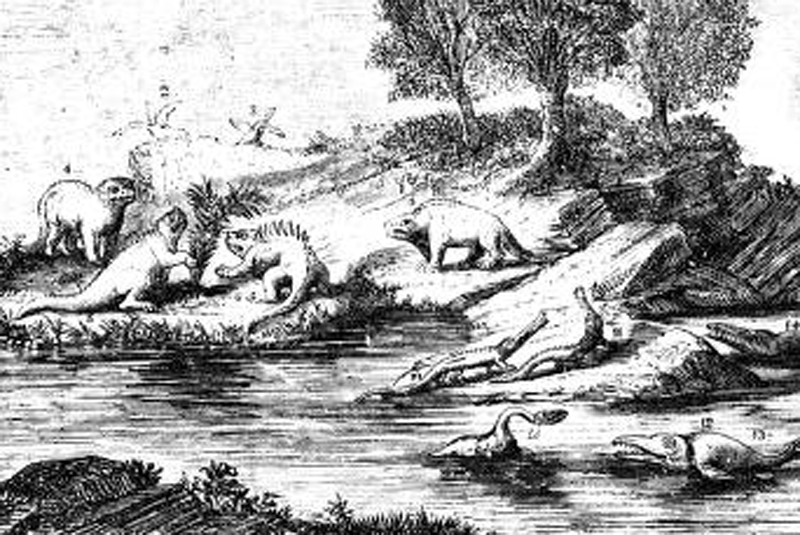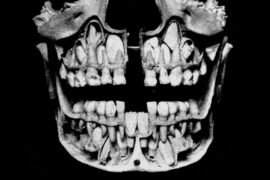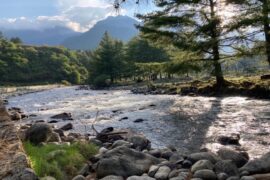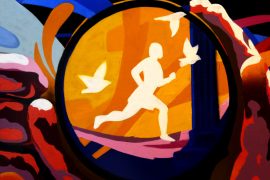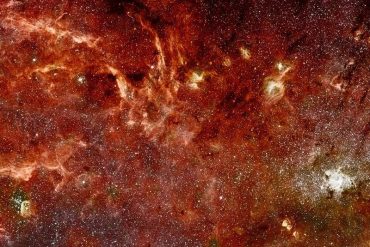One of the tricks you learn hunting dinosaurs in Canada is to look for orange. Dinosaur bones are dull browns, tans, and greys. But in the middle of the drab sandstones of the badlands – a dry landscape where wind and water have worn away much of the rock – you’ll sometimes catch a flash of fluorescent orange. Walk over and you may well find a dinosaur bone weathering out.
The orange is lichen, growing on the bone. The bone gives the lichen a stable foothold in the eroding landscape, it’s porous, storing moisture during droughts, and full of minerals like phosphate, vital to a growing lichen. It’s strange to think that something that died 76m years ago plays a role in modern ecosystems, but life is opportunistic.
Life exists almost everywhere on Earth. Bacteria thrive in hydrothermal vents, fungi grow inside Chernobyl, nematode worms crawl under Antarctic ice fields. Most remarkably, there is the deep biosphere, a vast, subterranean microbial ecosystem starting under our feet and extending into rock kilometres underground. Why wouldn’t life also inhabit buried fossils?
If it does, that creates problems for identifying the original biological material of fossils. That’s where our new research – led by my colleague Evan Saitta of the Field Museum in Chicago – comes in, providing a detailed look at the organic matter found inside dinosaur bones.
-30-
Copyright©Madras Courier, All Rights Reserved. You may share using our article tools. Please don't cut articles from madrascourier.com and redistribute by email, post to the web, mobile phone or social media.Please send in your feed back and comments to [email protected]

